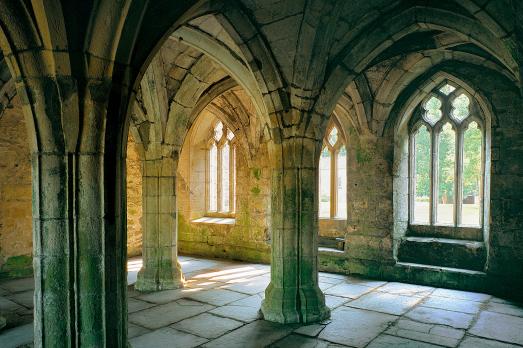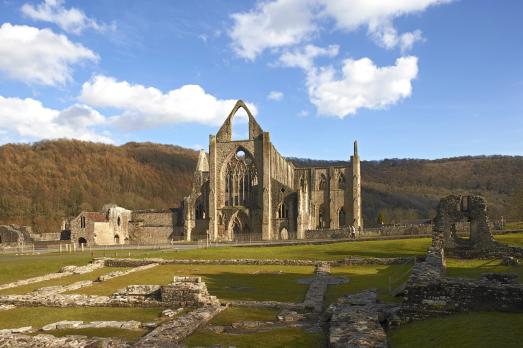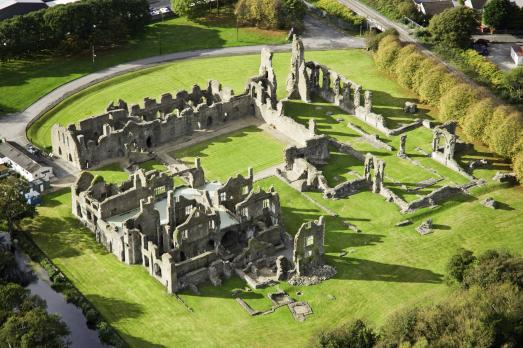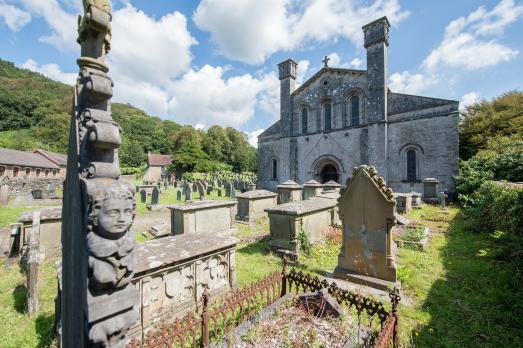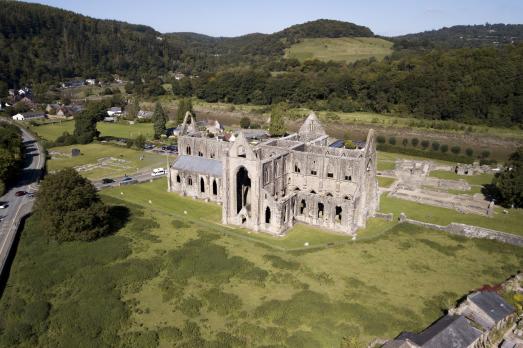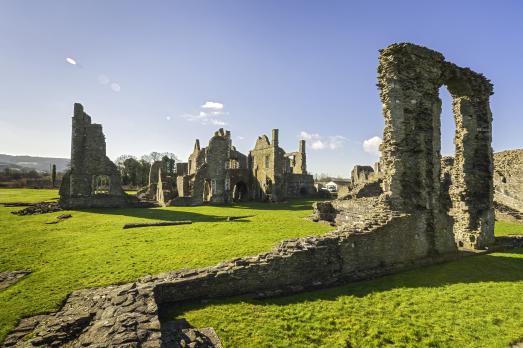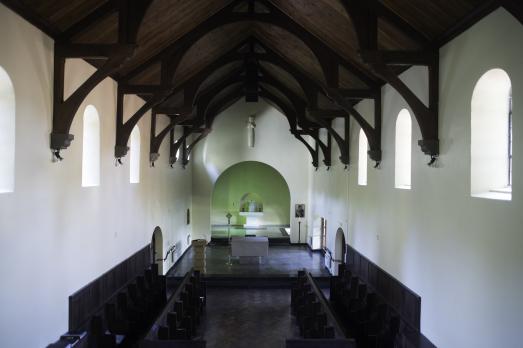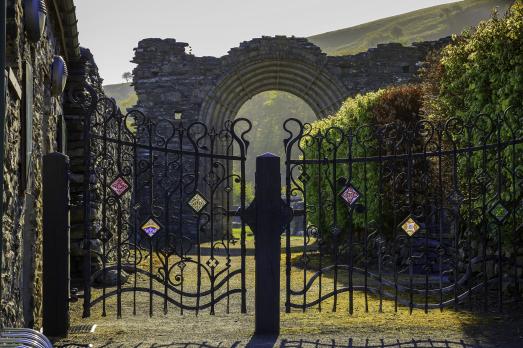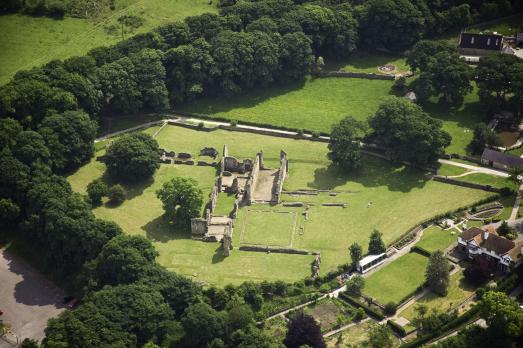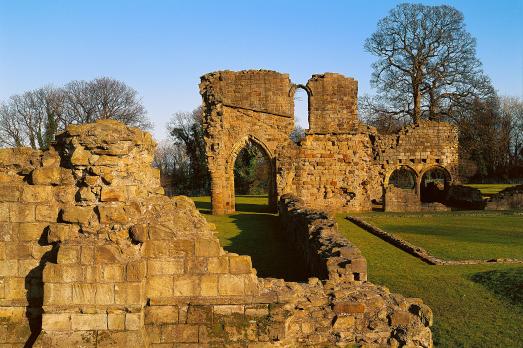
The Cistercian Way
A walk into the heart of Wales
by Professor Madeleine Gray, Welsh historian & pilgrim
The Cistercian Way is an ongoing project to create a round Wales walking route linking our iconic Cistercian abbeys with other sites of historic interest. Because the Cistercians chose to settle in remote places, the route takes you through some of the wildest and most beautiful scenery in Wales, from the former mining valleys of the south to the mountain ranges of the north.
The Cistercians were the order of choice in medieval Wales. As you can see from the map, a route linking all their houses will take you on an incredible long distance walk round the heart of Wales. We have used as little as possible of the Coast Path and the Offa’s Dyke Path, so you can use the Cistercian Way to make circuits taking in these national trails. Across north Wales you can follow the North Wales Pilgrims Way, but there is an alternative high level route for seasoned walkers.
There is an map of the whole route on the Cistercian Way website. However, it should be noted that this is now an archived website, so there may be out of date information included and there will be no new updates.
Here's a taster to get you started planning your pilgrimage.
Type : Walk
Distance : 650 miles, but broken down into many shorter routes
Time required : Varies depending on the section or route
Difficulty : Varies depending on the section or route
What to bring : Footwear with good grips, ideally boots with ankle support, are essential. Waterproof and warm clothing during the colder months are important too
Back to trails page

The Cistercians were one of the great monastic movements of the Middle Ages.
They take their name from ‘Cistercium’, the Latin name for Citeaux, a village just south of Dijon in France. St Bernard of Clairvaux became a monk there in 1113, and it is to him that the rapid expansion of the order is attributed. Their belief in the importance of self sufficiency and hard work made them great farmers, and they cleared much of the upland farming landscape of Wales.
The Cistercians were enormously important to the history of Wales. Their abbeys gave hospitality to Welsh poets and chroniclers. It was the Cistercians who wrote to the Pope in support of the Welsh kings Llywelyn ab Iorwerth (Llywelyn the Great, 1173-1240) and Llywelyn ap Gruffydd (1223-1282), also known as Llywelyn the Last. They also backed Owain Glyndŵr (1359-1415) in his bid to regain Welsh independence from England.
The Cistercians also looked after important pilgrimage shrines like Penrhys. A walk around the beautiful ruins of their abbeys is a walk through the history of Wales.
You will find more lessons in the woods than in books
: Bernard of Clairvaux

©CrownCopyright2020
Some of the Cistercian abbeys of Wales are well known.
Tintern Abbey in the Wye valley, is one of the most popular sites in the care of Cadw.
Strata Florida in the hills of Ceredigion is the burial place of Welsh princes and poets, an enchanting spot in the western heartlands of Wales among the folds of the Cambrian Mountains.
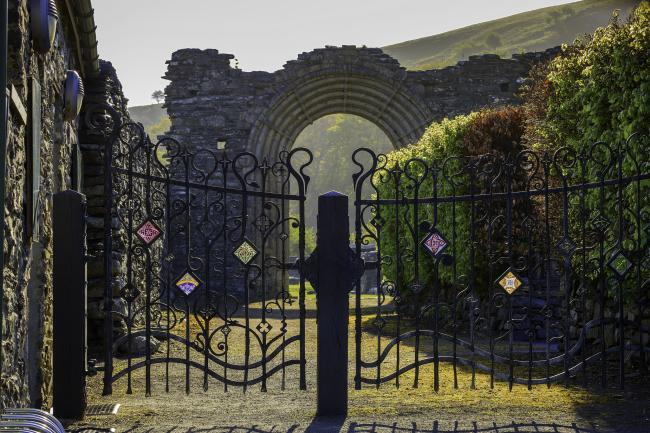
Others are more obscure. The buildings at Cymer Abbey were never completed, but its situation is ancient as the old Roman road, the Sarn Helen, went nearby.
The Cistercian nunnery at Llanllugan, near Welshpool, was never a large community but it had considerable political power. Unusually, the abbey church is now the parish church of St Mary Llanllugan. You can still see the stunning medieval stained glass that the nuns were given by Richard, Duke of York (father of Edward IV and Richard III) when he was making his bid for the throne in 1453.
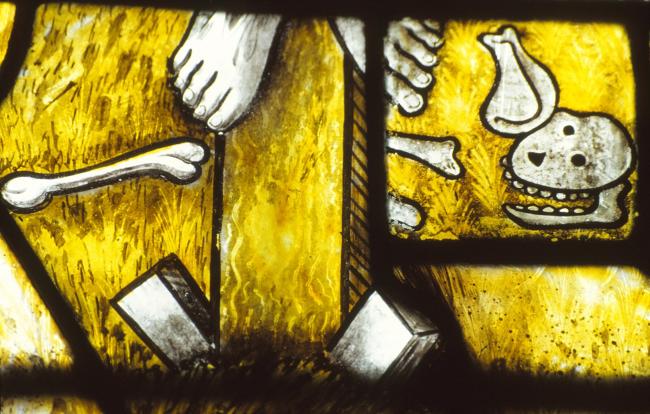
I have freed my soul
: Bernard of Clairvaux

©CrownCopyright2020
As well as the Cistercian abbeys, the route goes past some of Wales’s loveliest churches.
There are big town churches like St Mary Tenby. It contains the tombs of the White family who helped the young Henry VII to escape from the Yorkist army in 1471. The cathedral at St Asaph is said to be the smallest in the UK, it was begun in the 13th century, after the original building was burnt down.

More intriguing, perhaps, are the little Welsh country churches, simple stone buildings that seem to have grown out of the bones of the hills. St Michael Llanfihangel Rhos-y-corn in the atmospheric Brechfa Forest has a pulpit decorated with sunflowers. Hafod, in the famous landscaped Hafod gardens, and Cwmystwyth, the chapel of the lead miners, are both part of the Peaceful Places trail of churches in north Wales.
High above the Conwy valley, St Rhychwyn Llanrhychwyn is the archetypal Welsh mountain church with glowing medieval stained glass, and 17th and 18th century woodwork.
A few short diversions enable you to explore the churches of the Vale of Clwyd, including St Dyfnog Llanrhaiadr. It has a massive Jesse window, angels in the roof and a holy well along the lane.
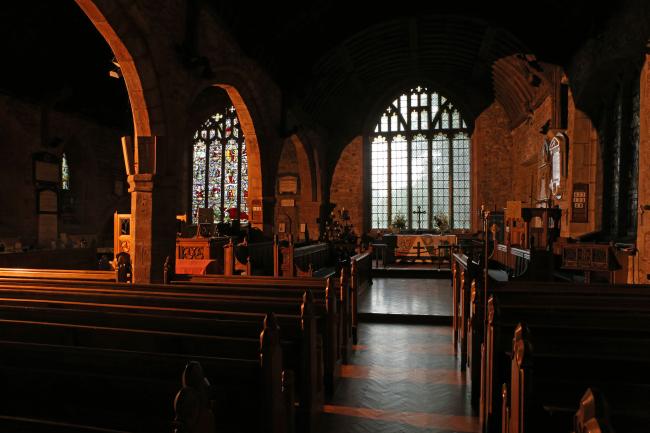
The gates of life : Cistercian abbeys in Wales
Walking is a wonderful way to explore these churches and to get into the mindset of the people who built and worshipped in them, in the days when most travel was on foot.
The route of the Cistercian Way is a work in progress.
We first walked it in the summer of 1998 as part of the celebrations of the 900th anniversary of the Cistercian order. Since then, a small charity has been founded to work on clearing and improving the route. We hope to get the route through south Wales waymarked. The website also has suggestions for loops and links using parts of the main route, for those who want a shorter walk.
The route across south Wales may also become part of the 'Camino Cymraeg', a route to St Davids Cathedral. In 1123, Pope Callixtus II declared that two pilgrimages to St Davids were the equivalent of one to Rome and three were the equivalent of one to the Holy Land. It would be good to revive a route across south Wales in time for the 900th anniversary of this famous declaration.
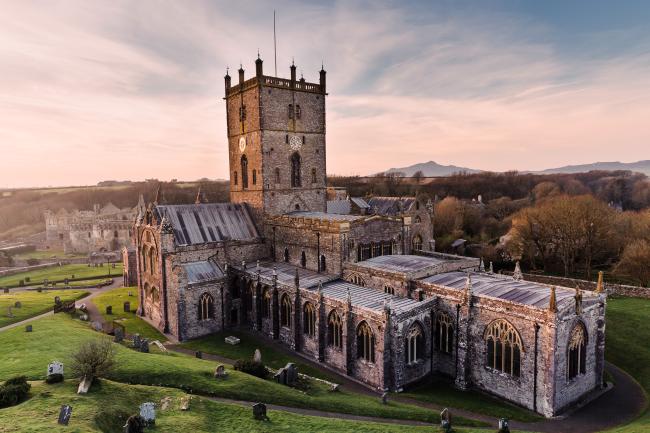
Who loves me will love my dog also
: Bernard of Clairvaux
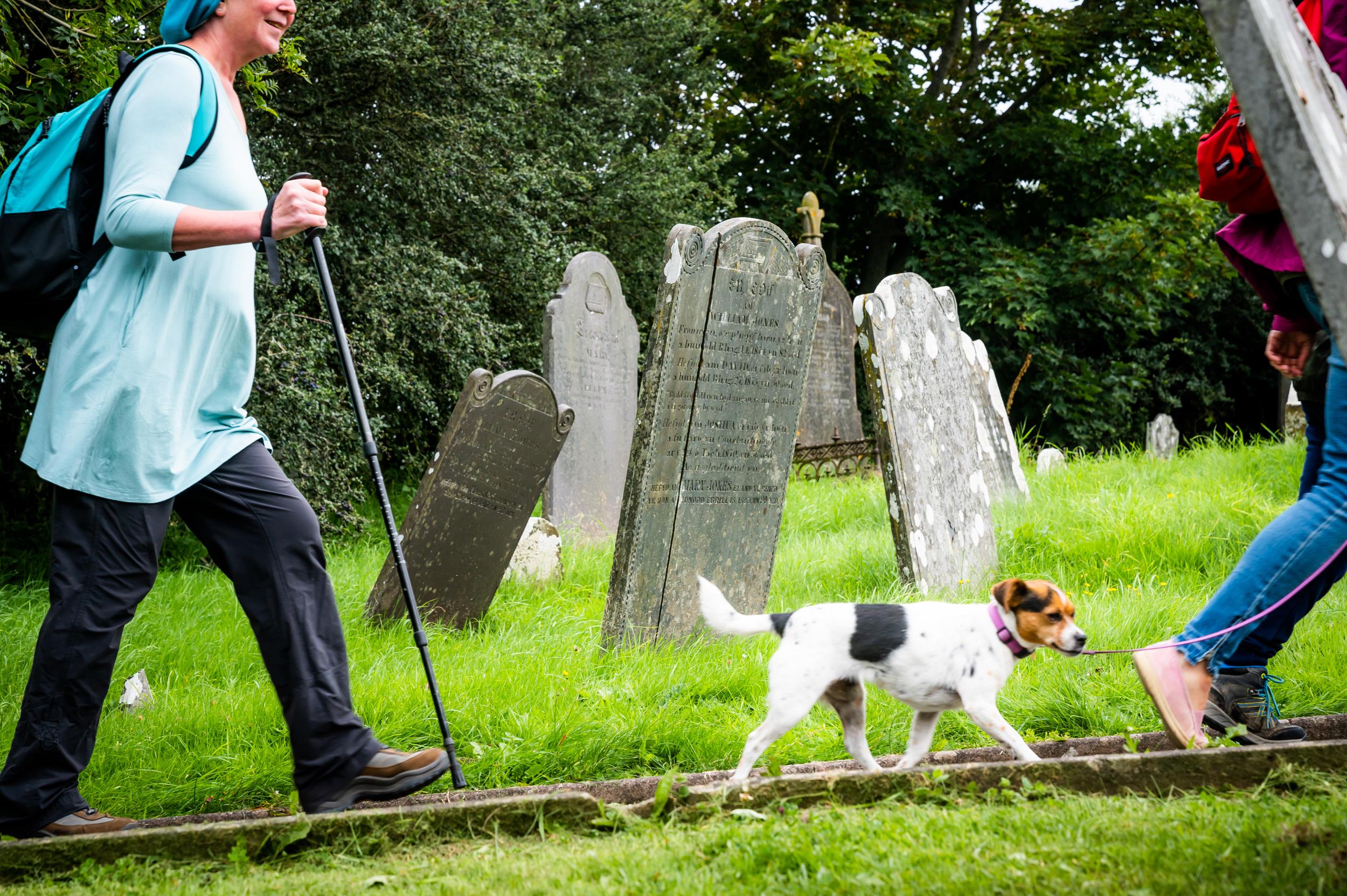
The Cistercian Way
Explore the great abbeys of the Cistercian order, the little churches of the Welsh hills, the amazing geology of the Pembrokeshire coast, Stone Age burial mounds, medieval castles and sheep farms.
Gregorian Chant : prayer, meditation and praise
by the Cistercian monks of Stift Heiligenkreuz, the Abbey of Heiligenkreuz
The abbey was founded in 1133 by Saint Leopold III. The monks sing the office in Gregorian Chant five times a day. Their song is prayer, meditation and praise, sung without accompaniment and without harmony. The melodies go back to the earliest days of the church.
It's the perfect playlist to transport you to the living abbeys of medieval Wales.
©CrownCopyright2020

